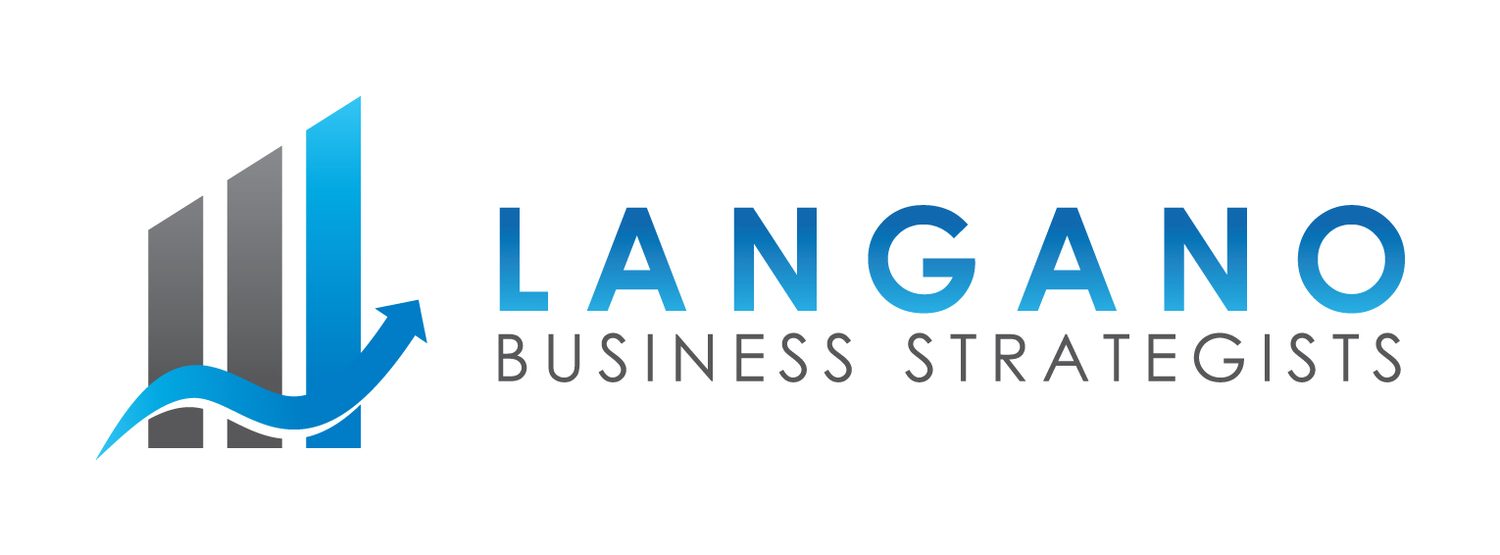Google Chrome is the most widely used internet browser in the world with more than 55% of internet users preferring it over all alternatives in 2017. So, when Google Chrome make an announcement that can change the success of any website, everyone really should listen.
In a February 8 blog post on the Google Security Blog. Emily Schechter the Chrome Security Product Manager shared the news that from July 2018, Chrome will mark all http sites as not secure. You know when you arrive at a website on Chrome and a pop up box gives you a message saying something like, ‘the following website is not secure – are you sure you wish to proceed?’ so you decide it’s safer just to hit the back button? That is going to happen to every website that isn’t https, so if that is you, prepare to potentially lose more than 50% of your website traffic.
So, what is the difference between http and https and how can you ensure your website is https and avoid any impacts?
Http vs Https
Http (Hyper Text Transfer Protocol) is the method used to move data around the web. This is why every web address starts with the old faithful http://. It is fast, reliable, commonly used but it is not very well protected so websites can be open to hackers and data inception.
Https (Hyper Text Transfer Protocol Secure) uses a SSL Certificate (Secure Sockets Layer) to protect the data using a series of alphanumeric characters to encrypt it. This makes it far more difficult to hack or incept data – hence it is considered secure.
Https has long been used by online banking, privacy, personal information and e-commerce websites with great success, so essentially what Google is doing is making a SSL Certificate somewhat mandatory for all websites. The good news for you? It’s easy to ensure your website has a SSL Certificate and is https.
You simply need to buy a SSL Certificate (available through just about any hosting package on major platforms) and connect it to your website. It is straightforward, easy and once you have done that, most of the time there is no further work. In some cases, you may need to set up 301 redirects from http to https so search engines pick up the new secure site and check all internal site links point to https URLs.
Some website platforms like Squarespace automatically give any websites managed on the platform SSL Certificates, even when they are connected via third party domains, to make the process easy and stress-free for their users. So if you are looking for a new web platform, that is an extra feature to consider.
But overall, it’s simple. Make sure you have an SSL Certificate and your website is https and you shouldn’t see any negative impacts from the change to your web traffic over the year!
If you require any support with your website or would like LBS to give you a free website design quote, please contact us.
